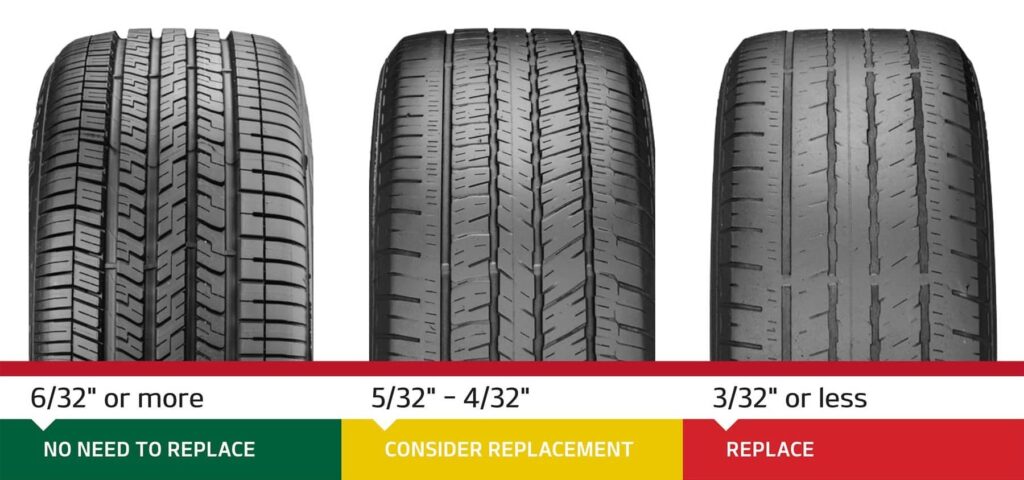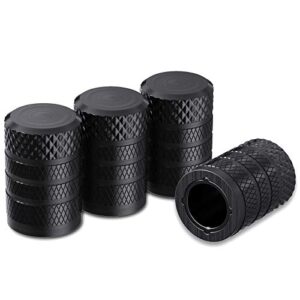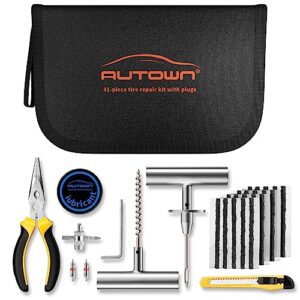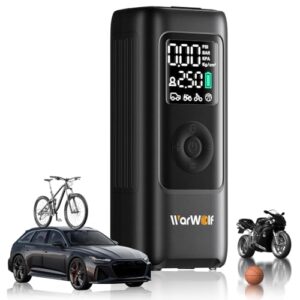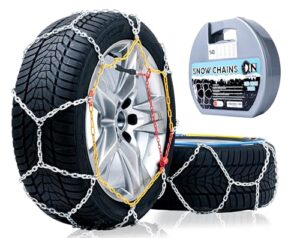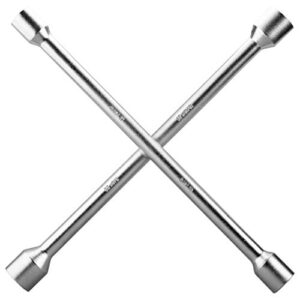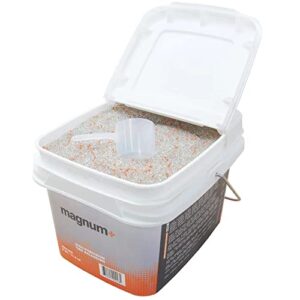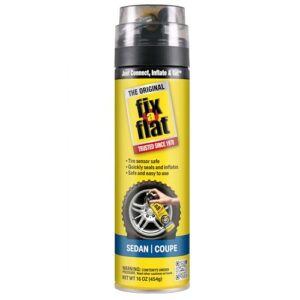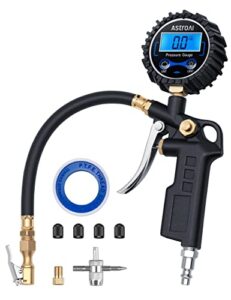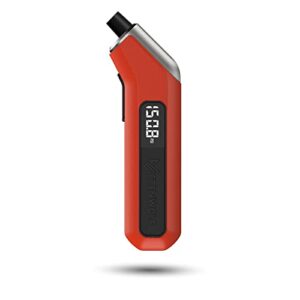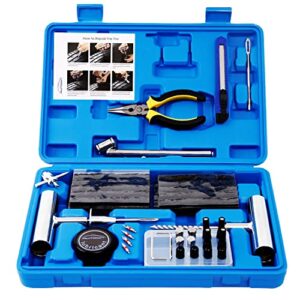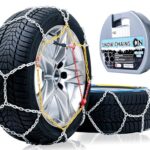Tires should be replaced every six years or when tread wear indicators are visible. Regular inspections are also crucial.
Tires are a vital component of vehicle safety and performance. They experience wear and tear over time, impacting their effectiveness. Regular tire inspections ensure they remain in good condition. Factors such as driving habits, road conditions, and climate can affect tire longevity.
It’s essential to monitor tread depth and look for signs of damage. Proper tire maintenance extends their lifespan and improves safety. Replacing tires at the right time prevents accidents and improves vehicle handling. Always consult your vehicle’s manual and a trusted mechanic for specific recommendations. Regular tire care ensures a smoother, safer driving experience.
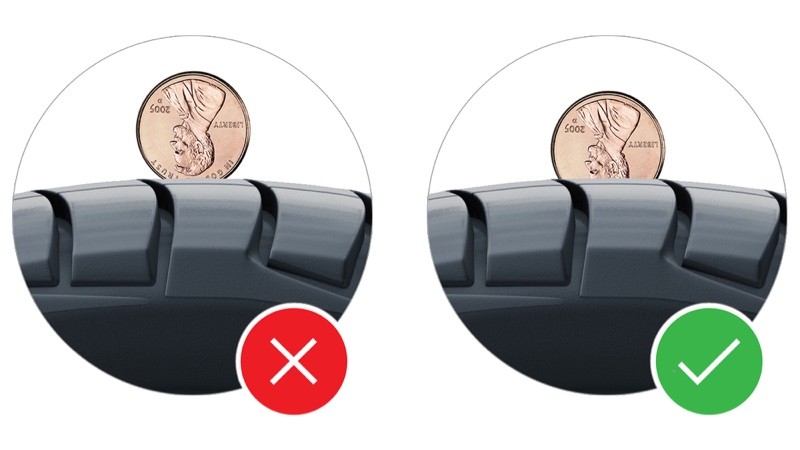
Assessing Tire Wear And Tear
Knowing when to replace your tires is essential for safety. By regularly assessing tire wear and tear, you can ensure your vehicle’s optimal performance. Below are some key steps to help you determine the condition of your tires.
Visual Inspection
A visual inspection is the simplest way to check tire health. Look for visible signs of damage such as:
- Cracks or cuts in the sidewall
- Bulges or blisters on the tire surface
- Uneven wear patterns
- Foreign objects like nails or glass
These signs can indicate that it’s time for a replacement. Regular visual checks can prevent unexpected tire failures.
Tread Depth Check
Checking the tread depth is crucial for maintaining traction. Use a penny or a tread depth gauge for this test.
| Method | Steps |
|---|---|
| Penny Test |
|
| Tread Depth Gauge |
|
Keep a regular check on your tire tread to ensure safe driving conditions.
Factors Affecting Tire Longevity
Understanding the factors affecting tire longevity is crucial. It helps you know when to replace them. Various elements influence how long your tires last. Below, we delve into some key factors.
Driving Habits
Your driving habits have a direct impact on tire life. Aggressive driving can wear out tires faster. Frequent braking, rapid acceleration, and high-speed driving are harmful.
- Aggressive driving: Leads to quicker tire wear.
- Frequent braking: Causes unnecessary strain on tires.
- High-speed driving: Increases heat and degrades tires.
Road Conditions
The type of roads you drive on affects tire longevity. Rough roads, potholes, and debris can cause damage. Smooth, well-maintained roads are better for your tires.
| Road Type | Impact on Tires |
|---|---|
| Rough Roads | Higher wear and tear |
| Well-Maintained Roads | Longer tire lifespan |
| Debris-Filled Roads | Risk of punctures |
Climate Influence
Climate plays a vital role in tire longevity. Extreme temperatures can shorten tire life. Hot climates can cause tires to overheat and degrade. Cold climates can make tires stiff and more prone to cracks.
- Hot Climates: Cause overheating and faster degradation.
- Cold Climates: Make tires stiff and prone to cracks.
Regularly check your tires for signs of wear. Proper maintenance can extend their lifespan. Keep an eye on tire pressure and alignment.
Manufacturer Recommendations Vs. Real-world Usage
Understanding how often to replace your tires can be confusing. Manufacturer recommendations provide a general guide, but real-world usage varies. Let’s explore both perspectives to help you make an informed decision.
Warranty Mileage
Manufacturers often specify warranty mileage for their tires. This is the number of miles the tires are expected to last under normal conditions. Here is a table showing common warranty mileages:
| Tire Type | Warranty Mileage |
|---|---|
| All-Season Tires | 60,000 – 80,000 miles |
| Performance Tires | 40,000 – 50,000 miles |
| Winter Tires | 30,000 – 40,000 miles |
These numbers are based on perfect driving conditions. Real-world factors can reduce tire life significantly.
Adjusting For Driving Style
Your driving style plays a crucial role in tire wear. Aggressive driving, frequent braking, and high speeds can shorten tire life. Consider these factors when assessing tire replacement needs:
- Aggressive Driving: Hard acceleration and braking wear out tires quickly.
- High Speeds: Driving at high speeds generates more heat and wears tires faster.
- Frequent Short Trips: Short trips don’t allow tires to warm up properly, leading to increased wear.
Regularly inspect your tires for signs of wear and adjust your driving habits to extend tire life.
Signs You Need New Tires
Knowing the signs that you need new tires is crucial for safety. Tires wear out over time. Recognizing these signs can prevent accidents.
Irregular Wear Patterns
Inspect your tires for uneven wear patterns. Uneven wear can signal alignment issues. It can also mean the tires are not balanced. Look for bald spots or areas with less tread. These can indicate a problem. Check both the inner and outer edges of the tires. This helps identify any irregular wear.
| Type of Wear | Possible Cause |
|---|---|
| Center Wear | Over-inflation |
| Edge Wear | Under-inflation |
| Cupping | Suspension issues |
Vibration And Noise Issues
Excessive vibration or noise can be a sign of tire problems. If you feel vibrations, check your tires. This can mean they are not balanced. It can also mean there is a structural issue. Listen for unusual noises while driving. These noises can indicate worn-out tires. Address these issues quickly to ensure safety.
Here are some common causes of vibration and noise:
- Unbalanced tires
- Wheel misalignment
- Damaged tire treads
Regular inspections help in identifying these problems early. It is essential for maintaining tire health.
Choosing The Right Replacement Tires
Choosing the right replacement tires can be confusing. It’s important to select tires that fit your needs. Here, we’ll explore key factors to help you decide.
Performance Vs. Economy
Performance tires offer better handling and speed. They are great for sporty driving. But, they wear out faster and cost more.
Economy tires are budget-friendly. They provide a comfortable ride and last longer. But, they might not handle speed or sharp turns well.
Here is a quick comparison:
| Type | Pros | Cons |
|---|---|---|
| Performance Tires | Better handling, speed | Higher cost, faster wear |
| Economy Tires | Cost-effective, longer-lasting | Less performance, basic handling |
Seasonal Tire Considerations
Summer tires work well in warm weather. They offer great grip on dry roads. But, they are not safe in winter.
Winter tires are perfect for cold, icy conditions. They have deeper treads for better traction. They wear out quickly in warm weather.
All-season tires are a middle ground. They handle various weather conditions but don’t excel in extremes.
Here’s a quick look at seasonal tires:
- Summer Tires: Best for warm weather, dry roads.
- Winter Tires: Perfect for cold, snowy conditions.
- All-Season Tires: Suitable for moderate climates.
Pick the right tire for your driving needs and weather conditions.
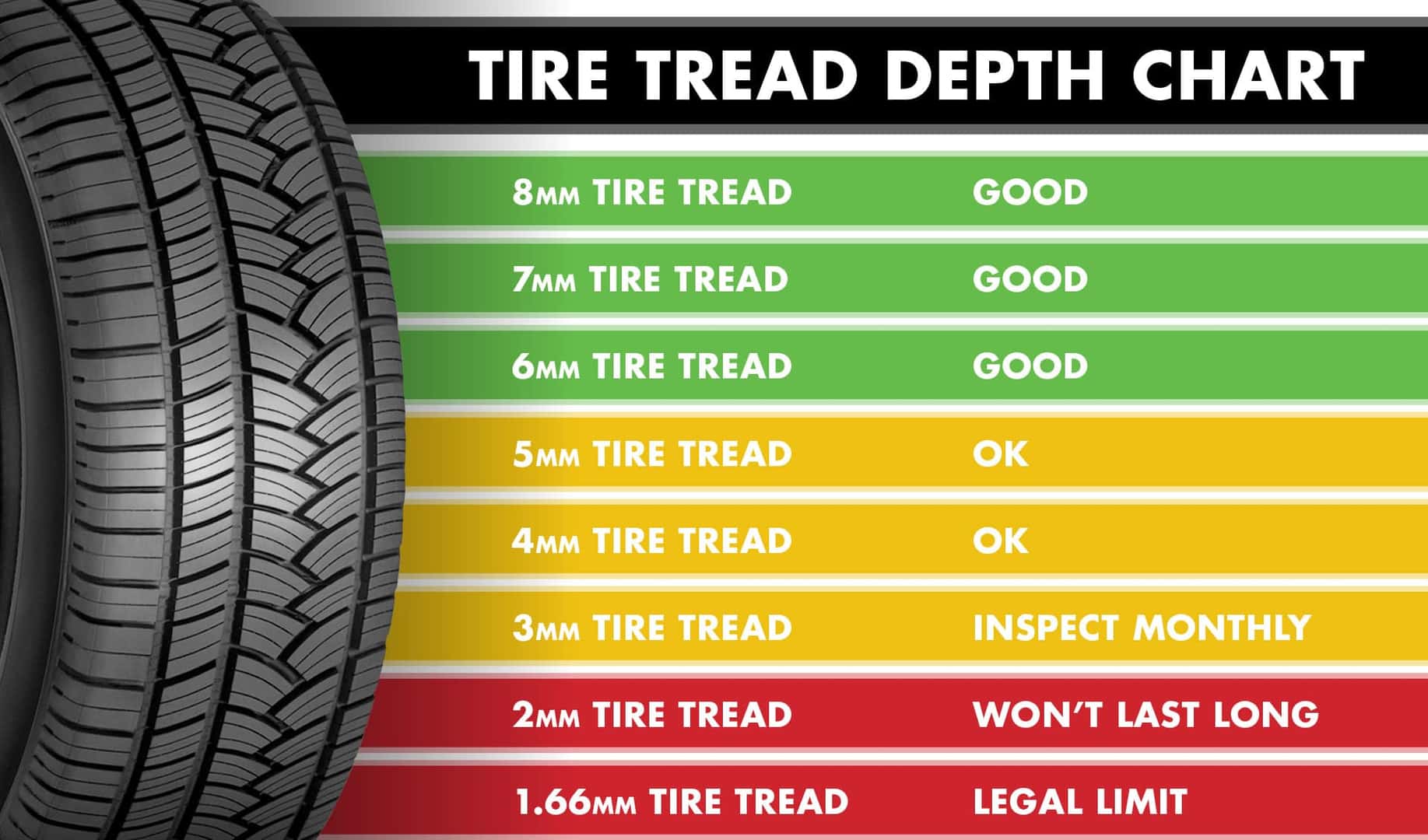
Frequently Asked Questions
How Long Do Tires Last On Average?
Tires typically last between 25,000 to 50,000 miles. Factors like driving habits and road conditions affect tire lifespan. Regular maintenance and proper inflation can extend tire life. Check tread depth and replace tires when necessary for safety.
How Often Should You Replace All 4 Tires?
Replace all 4 tires every 6 years or 40,000-60,000 miles. Check tire wear and condition regularly.
How Do You Tell If You Need New Tires?
Check tire tread with a penny; if Lincoln’s head is visible, replace tires. Look for cracks, bulges, or uneven wear. Monitor tire pressure regularly. Notice vibrations or noises while driving.
Should I Replace Tires At 4/32?
Yes, replace tires at 4/32″ tread depth for safety. Reduced traction increases stopping distance and risk in wet conditions.
How Often Should Tires Be Replaced?
Tires should be replaced every 6 years or 50,000 miles, whichever comes first, for optimal safety and performance.
Conclusion
Regular tire replacement ensures safety and performance. Check your tires every six years or 60,000 miles. Examine tread depth and sidewalls for damage. Prioritize tire maintenance to avoid accidents and improve fuel efficiency. Always consult your vehicle’s manual for specific guidance.
Proper tire care extends their lifespan and ensures a smoother ride.


